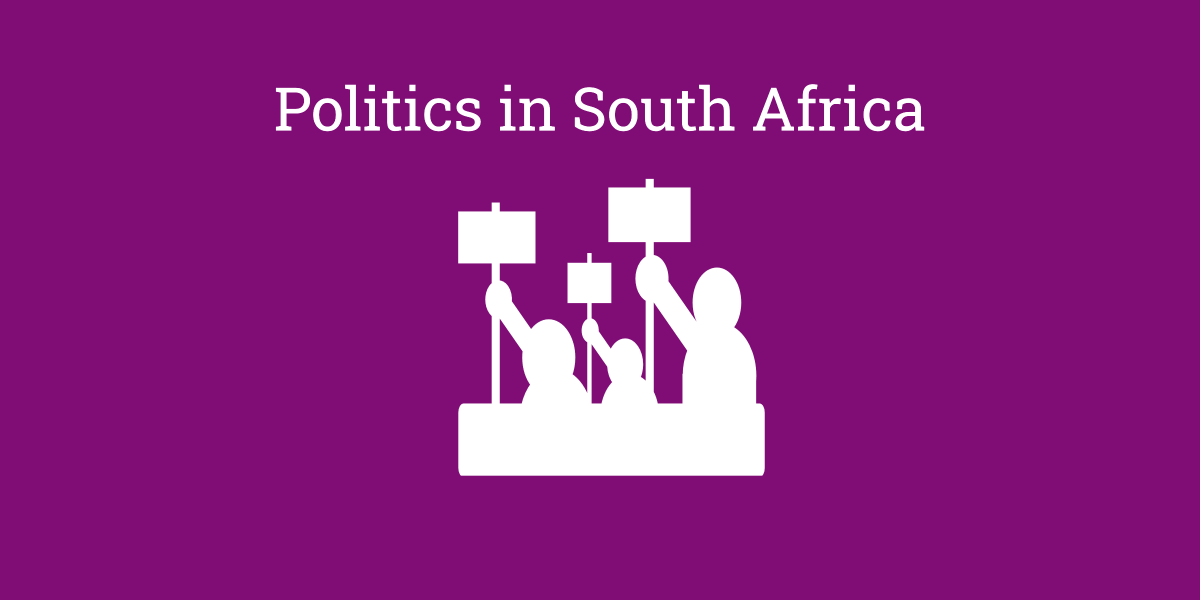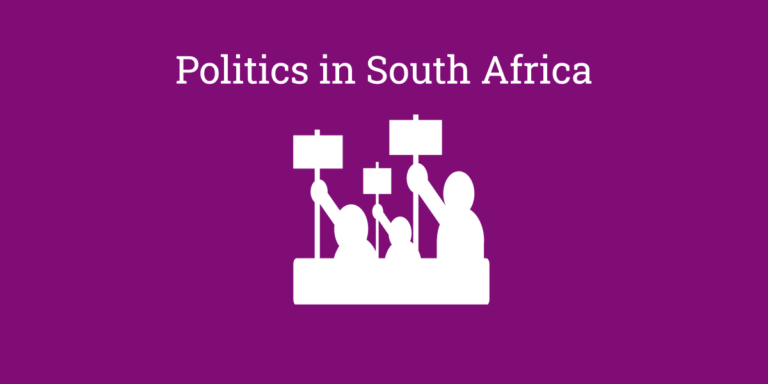When speaking about development indicators, I am reminded about how family problems are tackled. The mediators usually start from a position that there are three versions of this story — the two versions of the feuding parties, and the third the truth.
In the case of development indicators, the government’s version of the truth is: we are on track halving poverty (by 2015) and unemployment (by 2014). These goals have been set in the Millennium Development Goals and at the Growth and Development Summit. Another version of the truth: we are not on track. The left corollary: neo-liberalism has eaten away the gains of service delivery and we need more redistribution, or that these goals are too modest. The conservative version: we are not on track because we have not let markets flourish.
The truth is, however, more difficult to ascertain.
First, we cannot quantify the real freedoms in movement, association and expression, among others that we enjoy. Of course, these gains must be protected as Na’eem Jeenah and Steven Friedman remind us on this website. But, I doubt anyone would disagree that life is qualitatively better today in terms of first-generation rights.
Second, from a more quantitative perspective we have no agreed instruments to measure progress on poverty indicators. The need for defining these measurements is vital. The government is in the process of doing just that, and we can probably expect some indication in the mini-budget at the end of the month on a national poverty line. It is worth remembering that we have not had an agreed-to poverty line in South Africa, thus we rely on estimates from experts. Without the same measure we are not likely to have a political consensus, nor scientific credibility in our poverty estimates.
Third, determinations on poverty, unemployment and inequality trends are highly political and emotional. The government obviously chooses research and indicators that show a trend of progress. Everyone else tries to assess whether the numbers the government provides are the correct ones.
(You can read a training manual I wrote on this a couple of years ago on what the main poverty and inequality means, and how they are calculated here Feedback is appreciated.)
These considerations arise from an article posted by Ebrahim Harvey, to which I promised to respond to in a fuller article. This is the response. Harvey argued that:
Let me use a rough analogy to illustrate my point: it is similar to the ruling party giving each poor black person R100 but the impact of its broader neo-liberal policy framework takes back R125, with the result that there are several reports over the past five years which clearly show an increase in black unemployment and poverty and a widening of social inequalities, over the same period that state spending has increased.
Disaster! As state spending has increased, so too have unemployment and poverty, and social inequality has widened, argues Harvey. The argument is a very specific one: as state spending has increased, development indicators have worsened. By implication, it does not matter what type of fiscal policy one has; the situation of the poor has worsened. This, I argued, could not be supported by empirical evidence.
Before discussing the empirical evidence, let me say I understand where Harvey is coming from. I agree our government must and can do more to transform our society more speedily. Also, I think beginning to understand the effects of contradictory policies are very important for policy development. After all, we should not be undoing activities aimed at moving the poor out of poverty.
From 2000, the government has adopted a moderately expansionary stance, after a period of excessive fiscal discipline arising from the Gear strategy. The move was welcomed as an indication that the government was shifting to a more developmental stance and entrenching a social democracy. Well, the social-democracy bit did not work as well as I predicted, but we have had double-digit increases in the budget since 2000. Surely this has had an impact? Surely extending social grants as quickly as we have would have an impact on poverty rates? Empirically speaking, I think we need a closer look.
In summary (and this is my version of events, based on all the available evidence), this is why I think that Harvey’s conclusion is debatable:
The overall impression is that an expansion in fiscal policy has had a positive impact on employment and poverty reduction, but that state spending has not improved life expectancy or reduced income inequality. That means that the picture is much more complex than most would accept. Again, from an ethical perspective it might sound like a silly exercise; after all, we know that the poor are still with us. From a policy perspective, however, disaggregating this picture is vital to developing good policy that can be implemented.
I will now go into this in a little more detail in terms of poverty numbers and unemployment. (Jeremy Seekings provides a very useful and thought-provoking review on various development indicators, especially on the Human Development Index and inequality measures.)
Poverty has increased during the 1990s, but probably declined in the 2000s
It is obvious that the government chooses research that would show a decrease in poverty levels; it makes tactical sense. However, even the very critical and important review of this work by Professor Charles Meth shows that poverty has probably declined since 2000. Meth, however, doubts that poverty has declined as quickly as the data used in official statistics. Overall, then, there is a dispute about the extent of poverty reduction. However, there is agreement that since 2000, the poverty rate has been reduced. But poverty remains a huge structural problem. The National Treasury has estimated a poverty rate of 53% for 2000.
The Treasury has taken steps to develop a National Poverty Line that will provide us with a common method and measure that South Africans can use. In fact, Trevor Manuel will probably announce “something” in the mini-budget at the end of the month.
Unemployment has (probably) decreased since 2000, but is very, very high
Jeremy Seekings puts the unemployment problem into perspective:
Whether the unemployment rate is 27% or 39% or even 43%, it has risen dramatically since the end of apartheid, and is higher than almost any other country besides war-ravaged Iraq.
Unemployment is a national crisis. The unemployment statistics have similar measurement problems when compared with poverty indicators. And, of course, the government has used numbers to claim that, for instance, two million net new jobs have been created.
There have been some important interventions to understand this claim, with an important paper showing that the government has overestimated the level of job creation. Even when adjusting for ways that the government sought to inflate numbers, there are still jobs being created. Not the two million suggested by the government; it is more modest at 1,4-million between 1995 and 2003.
The question at hand is whether even this modest increase in employment would be possible without an expansion of fiscal policy. I would hasten to add that the new jobs that are being created might not have an impact on poverty, as new jobs are usually highly skilled jobs. Moreover, wages for the poor are very low, often lower than the proposed poverty line! Despite this, we have created jobs since 2000. The problem is that as a country we are not absorbing the poor into the labour market.
Concluding comment
The progress we have made has thus not been overwhelming. For instance, Tunisia and Chile have done much, much better in reducing poverty. But, in dealing with structural poverty we need to understand the complexity of our social situation. The expansion of fiscal policy since 2000 has been one of the reasons why we have seen moderate but positive changes in our poverty rates and unemployment rates. A good but fragile start, we might conclude. Understanding these trends with all their complexity is vital to developing good social and economic policy. A problem well defined is a problem half answered.
The truth on development indicators is still elusive until we have a common set of measures. However, as a country we must continually ask if we are on track. Hopefully, the elders developing our poverty line will provide us with a measure that provides us not with my view or someone else’s view, but a view we share as a country.
Earlier this year, in an article written for the Star I argued that even these modest gains in poverty reduction and employment creation are fragile and can be eroded over time. (It is still classified as premium content on the Star‘s site. If any one wants the article, send me an email and I will send it to you, or maybe I will just post it at Thought Leader?)
I will not go into these debates here, except to say that we need a significantly more redistributive stance from the government, in the context of a globalised world. That is a very difficult policy stance to craft and implement, and one that requires us tackling questions of power and recognising that despite gains we face a huge social crisis.
This article first appeared on the Thought Leader group blog hosted by the Mail and Guardian.

